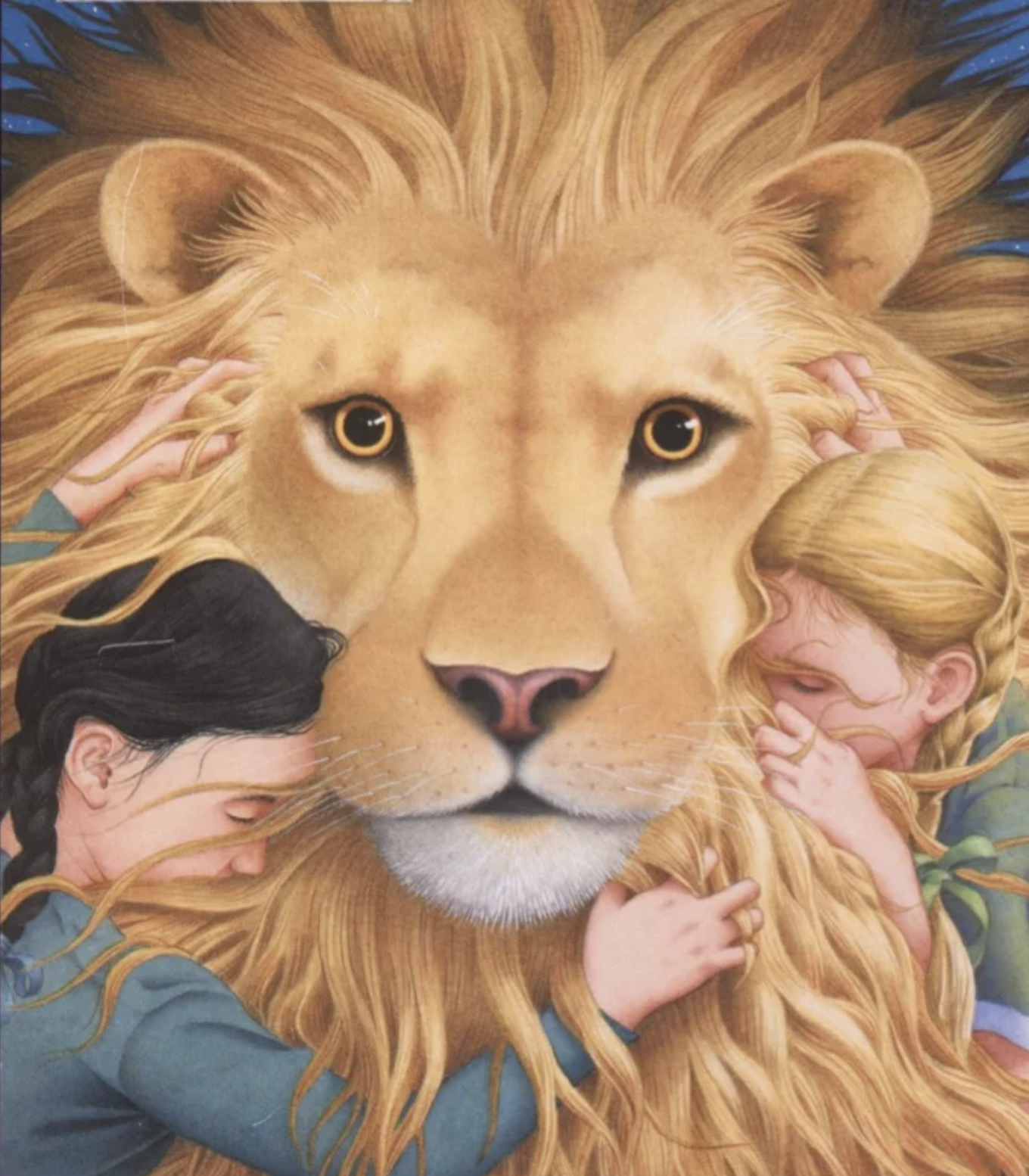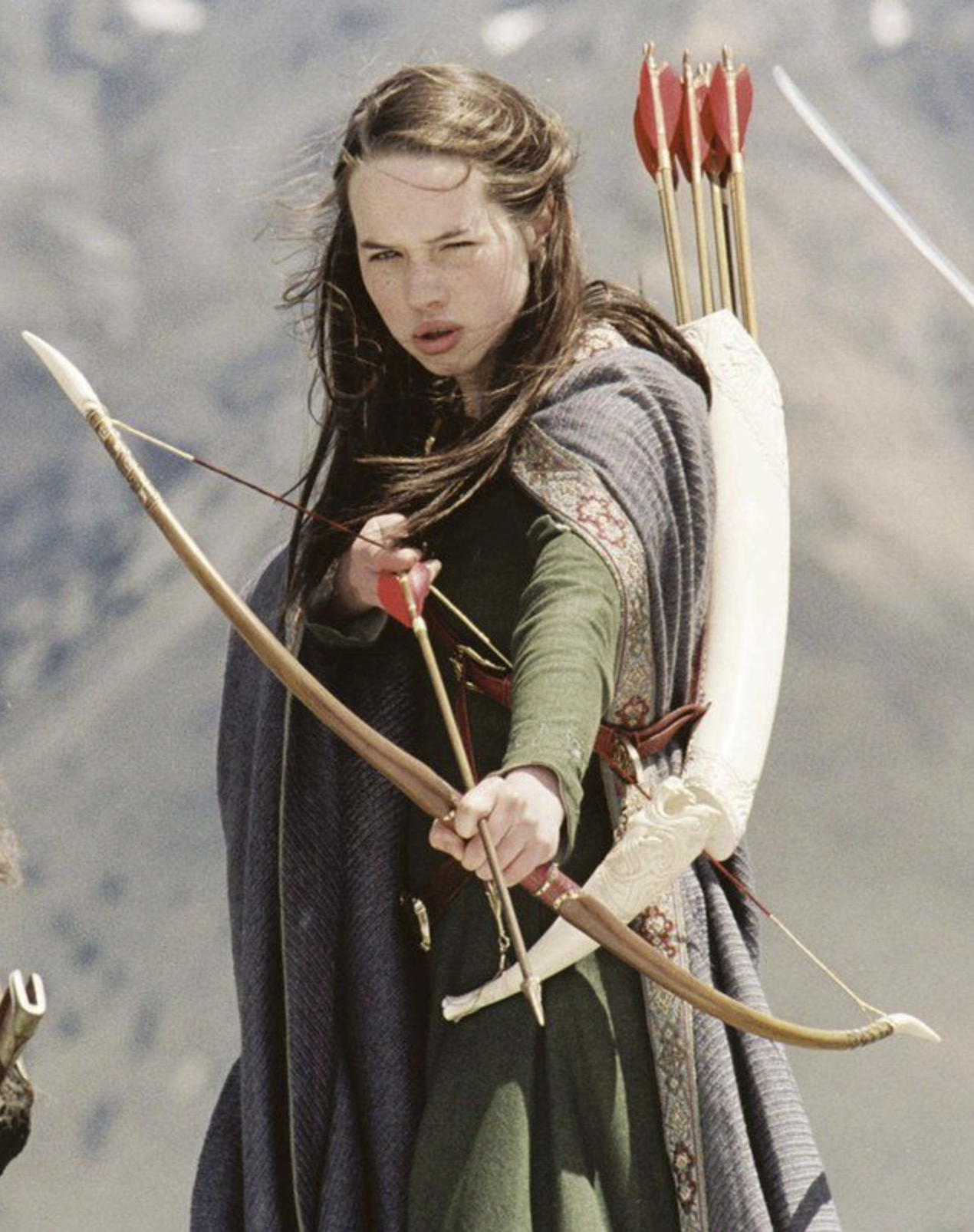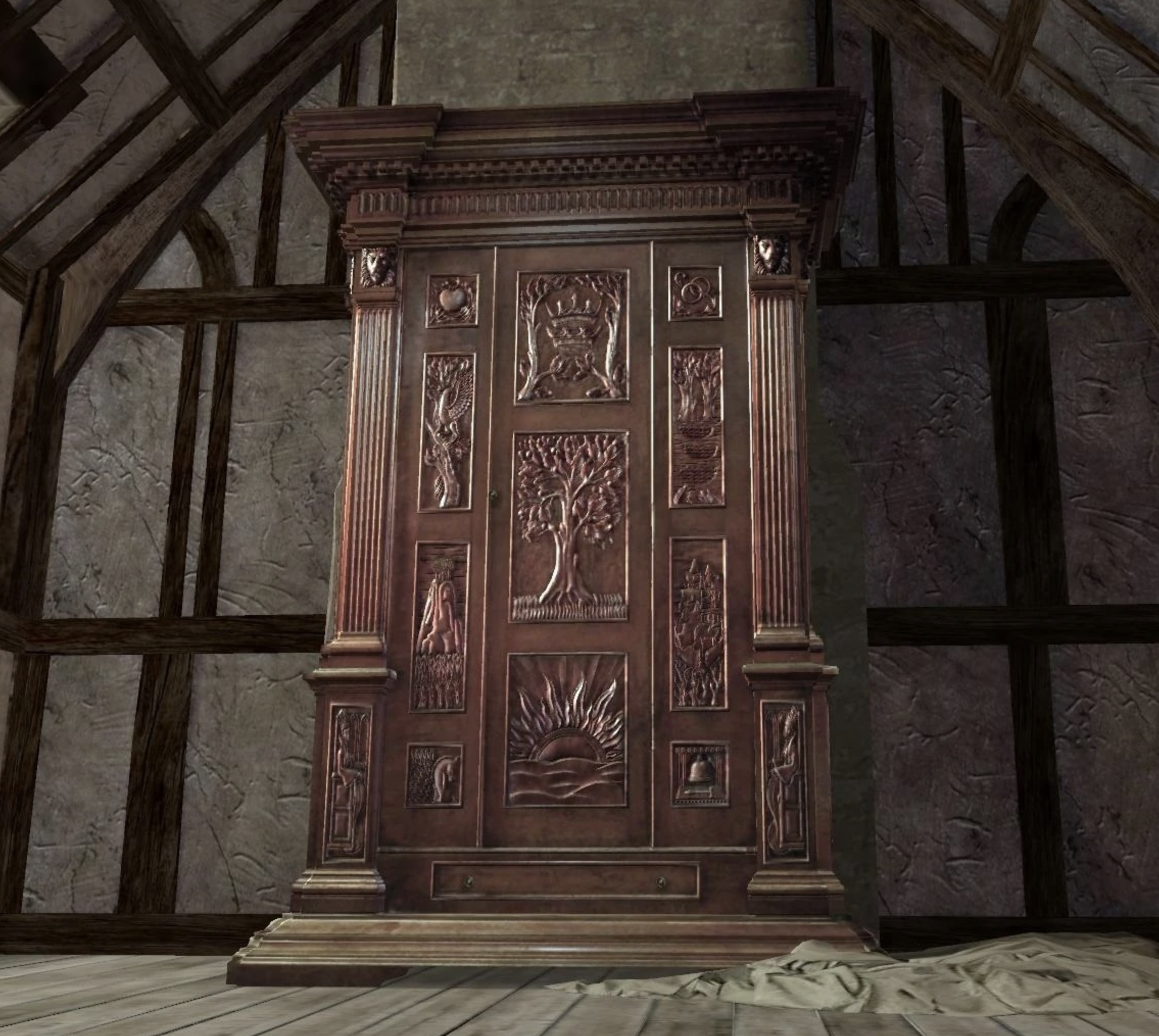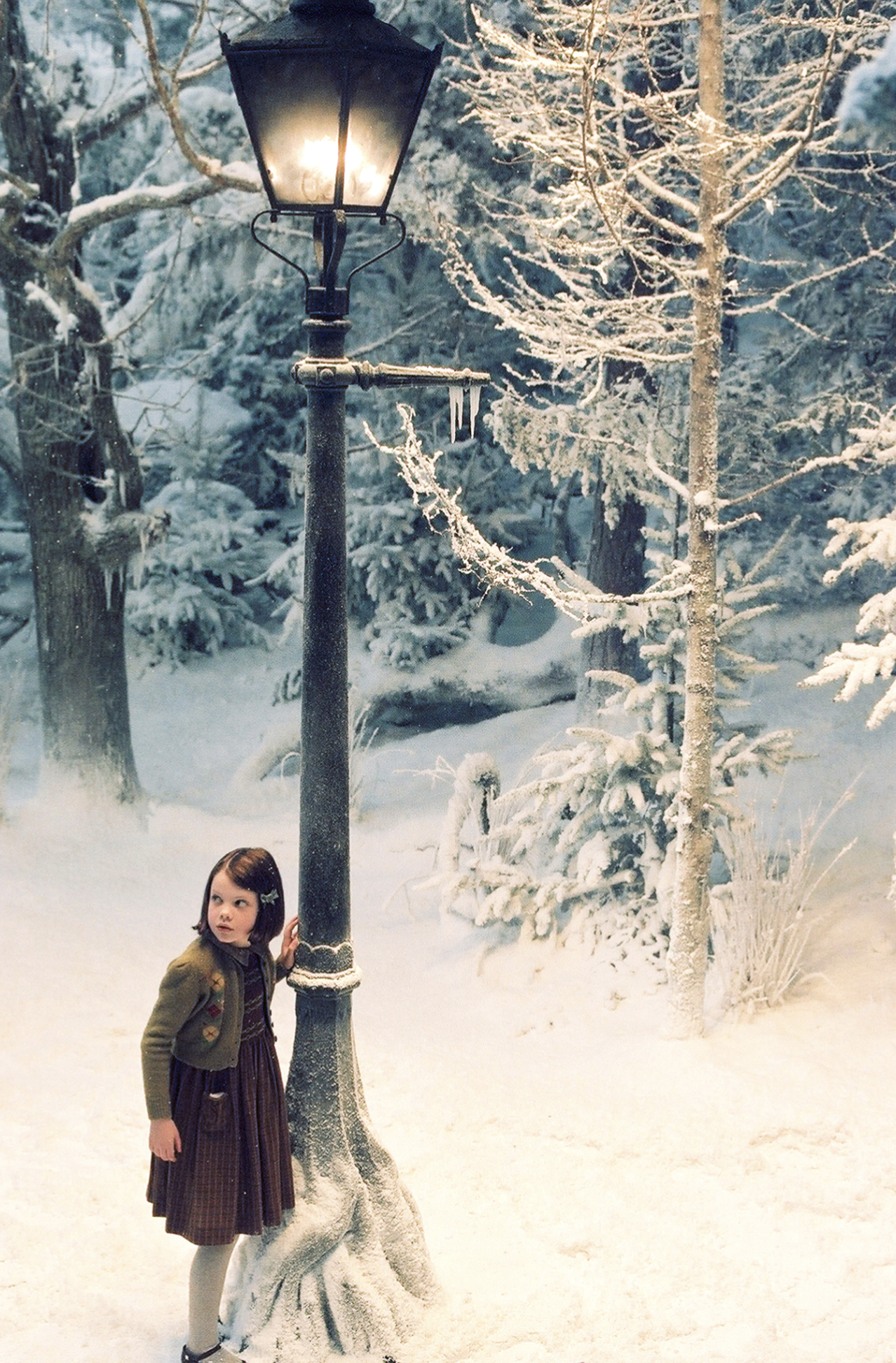The Beauty of…The Lion, The Witch, & The Wardrobe
The criticism that comes with book adaptations is brutal.
I must commend the brave directors who dare face a loyal and utterly ruthless fanbase. The pressure to live up to the expectations millions have envisioned for their favorite worlds is unfathomable.
While we grieve and solemnly shake our heads at the hiccups, few prevail. The first few that come to mind are the Harry Potter and Lord of the Rings franchises, two that paved the way for Disney’s understated gem: The Chronicles of Narnia.
Looking back at the film industry of the time, Lucasfilms had just released Star Wars Episode 3: Revenge of the Sith(2005), the Harry Potter franchise was only at its fourth film: Goblet of Fire, and it would only be a few months until Disney fully acquires PIXAR Animations from Steve Jobs.
Compared to the grandeur of technological spectacles we are gifted with today, CGI was still coming together. Nonetheless, Academy-Award winning director of Shrek(2001), Adam Adamson, delivered and successfully emulated the whimsical charm of Narnia throughout every aspect of this enchanting film.
With London ravaged by the perils of World War 2, the film follows the Pevensie siblings: Peter (William Moseley), Susan (Anna Popplewell), Edmund (Skandar Keynes), and Lucy (Georgie Henley). The children are forced to seek refuge in the quaint countryside of England. Peace proves short-lived, however, as an unassuming wardrobe encountered during a game of hide-and-seek transports them into the world of Narnia, a world where they are prophesied to save the land from its illegitimate ruler: Jadis the White Witch (Tilda Swinton).
Susan exasperatedly highlights the irony of their ordeal, telling Peter “Mom sent us away so we wouldn’t get caught in a war”. The irresistible lure of Turkish Delight has Edmund caught in the clutches of the Jadis, and the children are hurled into leading an army of mythical creatures to their freedom.
Fidelity to the source material is imperative for good adaptations. Although film is an art, meaning directors put their own artistic spin and interpretation into their creative work. While simultaneously remaining grounded in the material, Adamson enhances Lewis’s minimalistic yet charming fantasy novel.
The first testament to Adamson’s directorial ingenuity comes with the central piece of the movie: the wardrobe. Arguably, one of the most important scenes in the series is when curious little Lucy first steps through the wardrobe from the dull attic it resides in, into the wondrous world of Narnia. For an important object, it has little built up in the novel:
“And shortly after that they looked into a room that was quite empty except for one big wardrobe; the sort that has a looking glass door.”
That serves as the entire description of the eponymous object, nothing more. While I am confident a wardrobe from IKEA was considered during meetings with set designer Roger Ford, the novel’s description left its design in ambiguity.
Here, Adamson demonstrated his deep knowledge of the books, having the wardrobe depict the story of the discovery and creation of Narnia through wood carvings—as told through the series’s prequel novel, The Magician's Nephew.
If viewers ever wondered why the professor housing the children in the movie never seems to bat an eye at the mention of a mystical realm, it is because he was there when it was created. The wardrobe has key elements from the story, including the magical rings that transported the professor and a friend to a world between worlds, Jadis waiting to be awoken from a slumber, to the first sunrise of Narnia, dawned by the series prolific lion, Aslan the Great.
Its center carving depicts a greand tree, planted with seeds from Narnia on Earth, whose wood would eventually be used to make the wardrobe. With no close ups, it’s shown only for a few seconds on the screen, but if viewers don’t pause and marvel at its artistry, it is easy to miss.
Production made frequent use of practical effects, with CGI dedicated more towards backgrounds, the sky, and the mythical creatures of Narnia. Adamson perfectly sequenced Lucy’s first encounter into the chilling, wondrous snowy wood of Narnia, illuminated by the soft glow of a London oil lamp post rooted into the ground.
Impressively, he managed to make it the warmest scene of the movie. The entire wood was created on set, with only a blue screen used to create the sky. The scene is further enhanced by composer Harry Gregson-Williams’s folk and whimsical score.
The only downfall of the scene was the disappointment viewers felt after checking their own closet, only to find clothes.
The film’s attention to detail and admiration of the books was exemplified further with Peter’s sword having the following inscription from The Golden Age Prophecy: “When Aslan bares his teeth, winter meets its death".
The other side of the sword reads, “When He Shakes His Mane, We Shall Have Spring Again". The book itself simply states,
“The hilt of the sword was gold... and it was just the right size and weight for Peter to use”.
The casting of the Pevensies themselves was perfect. Peter’s protective nature, Susan’s cautiousness, Edmund’s mischievousness, and Lucy’s innocent curiosity are all on display. Together, they all effectively portrayed the family’s chaotic sibling dynamics.
Technologically, Narnia was an ambitious film. The series is set in a mythical world with creatures like centaurs, centaurs, satyrs, etc. And with a story focused on war, there sure are a lot of them within an army. The first Lord of the Rings movie, famous for its vast battle scenes, only came out four years prior. Though it gave Adamson the confidence to create an epic final battle scene that was downplayed at the end of the novels. Adamson came with a background of visual effects, his skill set exemplified through the success of Shrek.
For the Narnians, detailed prosthetics were used for the upper bodies of the actors. Their lower bodies are covered in green fabric to be digitally modified into the legs of animals. Their costumes, designed by Isis Mussenden, showed insignias of Aslan, and were curated to the physiology of the creatures.
Then the technical team would duplicate them to create the army. Aslan was created through CGI with Sony Pictures, whose design holds up even against Disney’s 2019 live-action remake of The Lion King.
With a $180 million dollar budget, The Lion, The Witch, and The Wardrobe, made $745 million in box office sales. It was nominated for three Oscars at the 78th Academy Awards, including Best Visual Effects, Best Sound Mixing, with the film winning Best Makeup.
The series went on to produce two sequels: Prince Caspian(2008) and Voyage of the Dawn Treader(2010). Though Netflix currently has the rights to reboot the franchise into 7 feature films, it will be tough to follow the imagination and dedication Andrew Adamson put into this epic first installment.









